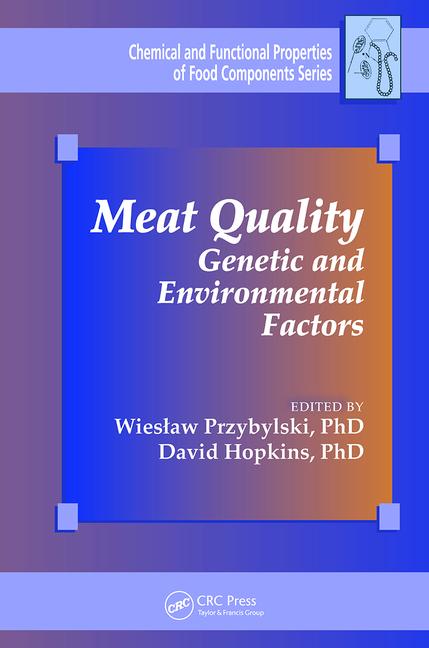Recent investments by Cargill at its Fort Morgan, Colo., beef processing plant, totaling approximately $1.8 million, have increased the facility’s energy efficiency and reduced the use of electricity, natural gas and associated costs. High efficiency florescent lighting was installed through the entire plant and a new, higher efficiency, boiler was recently installed. These, and other, energy efficiency improvements have resulted in a 10 percent reduction of natural gas use over the past three years, a 5 percent decrease in electricity use and an 8 percent increase in biogas recovery.
“I grew up on a small farm in Minnesota and know how important it is to properly manage every resource and waste nothing,” said Nicole Johnson-Hoffman, assistant vice president and general manager at the Fort Morgan plant. “Managing a large beef processing facility means that we do the same things that are done on small farms or small-scale beef processing operations, only we do it on a much larger scale. Because we focus our attention on doing both small and large tasks well, we have been able to achieve a high enough level of energy efficiency whereby every fifth head of cattle we harvest for beef is done so using renewable energy resources, and we’re proud of that fact.”
Cargill was able to capture greater energy efficiency through a holistic approach. An example Johnson-Hoffman points to is the 10 percent reduction of natural gas use that came about from the combined effort involving the installation of a new, more efficient, boiler; increased biogas recovery from the facility’s water treatment operation; and implementation of an energy management system. More than 30 percent of the fuel used by the facility is from renewable sources, while more than 23 percent of the total energy used (fuel and electricity) comes from renewables such as biogas.
Biogas is generated when methane is created using anaerobic digesters to break down organic material in the plant’s wastewater. The gas is then used as a fuel source, which prevents it from being released into the atmosphere. Capturing the methane from biogas significantly reduces greenhouse gas (GHG) emissions, while also serving as a valuable fuel source. The plant’s biogas recovery system reduces demand for natural gas equal to the amount consumed annually by more than 2,700 residential users, which is approximately 2/3 of the residential houses in Fort Morgan. In 1995, Fort Morgan became the first of Cargill’s 10 North American beef processing facilities to install a biogas recovery system.
“Our boiler efficiency increased 5-7 percent to approximately 85 percent by purchasing and installing a new unit that is heated using biogas and natural gas fuel,” explained Johnson-Hoffman. “We also reduced our cost of electricity by nearly $300,000 annually as a result of installing new lighting. The electricity savings equates to 3.4 million kilowatt hours annually, which is enough to supply power to 244 homes for a full year, based on U.S. Department of Energy calculations. Because of these improvements, Fort Morgan is now better positioned to meet the needs of our customers going forward.”
The return on investment from this expenditure is due to reduced utility costs and improved energy and production efficiency, which justifies spending such as this from a business standpoint, while also supporting Cargill’s efforts to be a good citizen and improve communities where it has operations.
“It is important that we respect and conserve the natural resources we use to produce beef that feeds millions of Americans and many others overseas, and we will never take those resources for granted,” stated Johnson-Hoffman. “We firmly believe it is our responsibility to be stewards of all resources used in beef production, and that we must do all in our power to ensure the sustainability of our business for future generations of Americans that deserve freedom of choice to select safe, nutritious and affordable beef as part of their diet.”
Cargill’s Fort Morgan beef processing facility is where more than 2,000 people work daily, five-days-per-week, processing approximately 1.2 million head of cattle annually, supplying much of the nation’s beef.
Source: Cargill







